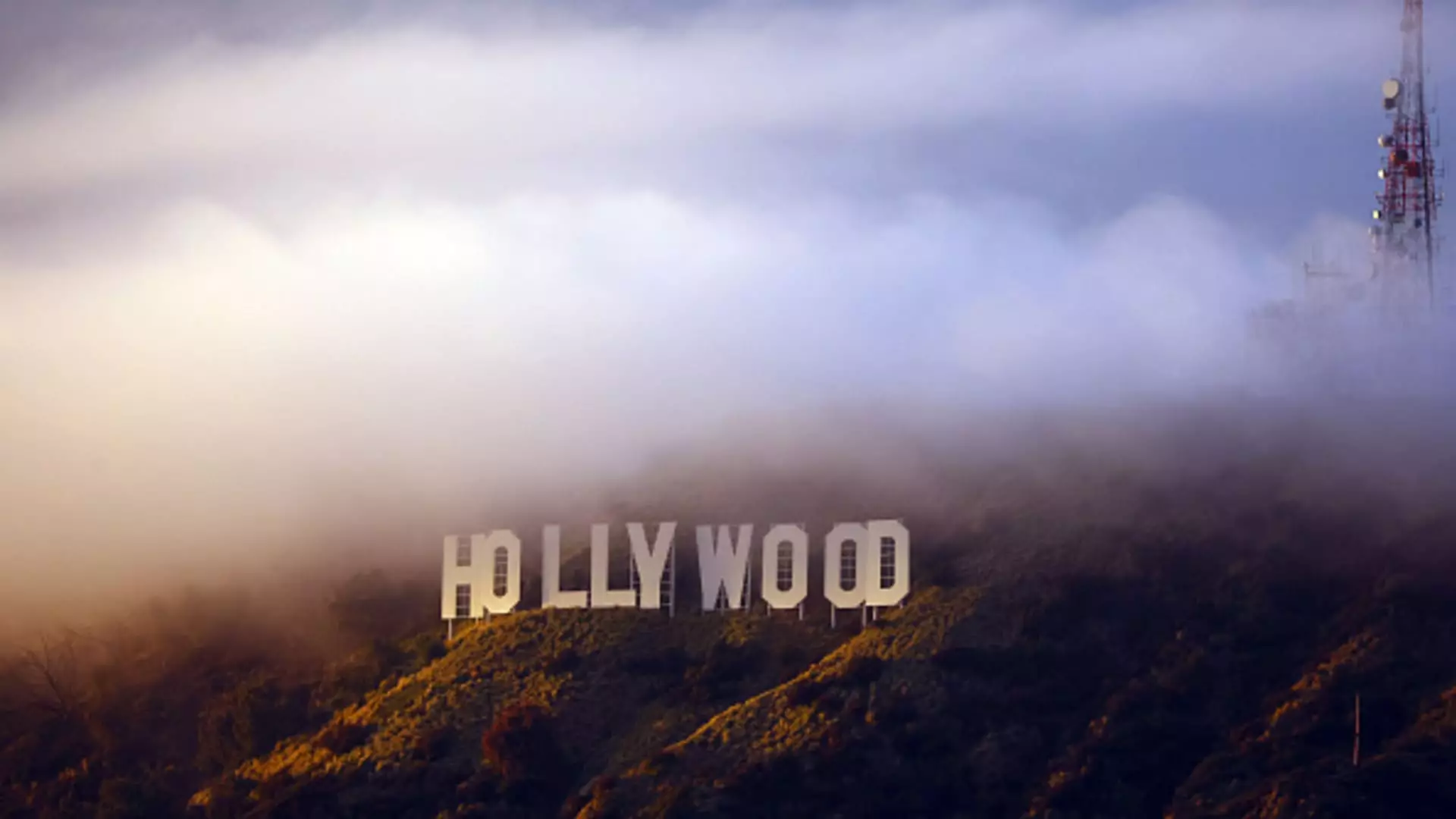In an era where globalization has intricately woven different economies together, President Donald Trump’s recent tariffs on goods from Canada and other countries have raised eyebrows, particularly within Hollywood. Known as Hollywood North, Canada has served as a vital production hub for American entertainment, attracting filmmakers due to its well-developed infrastructure and generous tax incentives. As the trade war unfolds, an increasingly anxious industry contemplates the possible ramifications of these elevated import tariffs on production, distribution, and the box office.
Canada’s appeal to U.S. filmmakers is not merely a matter of proximity; the nation’s economic landscape fosters a competitive environment for film and television production. With significant tax credits and a skilled labor force, Canadian cities like Vancouver and Toronto have become synonymous with high-quality filmmaking. However, Trump’s tariffs could jeopardize this long-standing collaboration. Industry experts are increasingly concerned that these levies might provoke a reaction from Canadian authorities that could disrupt production workflows in the U.S.
Despite these fears, some believe the Hollywood-Canada relationship is robust enough to endure the pressures created by these trade tensions. Historical cooperation and mutual benefits exemplify a bond that many hope will withstand the diplomatic storm. Prime Minister Justin Trudeau has emphasized a rapid response to the tariffs, stating that his government will enact measures that could range from retaliatory tariffs to more extensive economic strategies.
The implications of the tariffs extend beyond high-level negotiations and into the very fabric of film production budgets. As many filmmakers source materials locally, the primary operations may remain insulated; however, specialized materials, textiles, and certain props often originate from Canada or other countries affected by tariffs. If production costs increase due to elevated prices of these imports, studios may find themselves grappling with tighter budgets, which could dramatically impact the quality and scale of new projects.
Moreover, while most of the production equipment is leased domestically, the disruption in supply chains could still significantly pressure costs. This increase threatens not only the production side but also the cost to consumers, who may see elevated ticket prices and increases in other film-related expenses. As the more tangible impact lands on consumers, the question emerges: will audiences still prioritize box office outings amid rising prices?
As Hollywood navigates the turbulent waters of trade and economics, the overarching concern remains consumer spending. With inflationary pressures exacerbated by new tariffs, Americans may feel disinclined to spend frivolously. Cinemas, already recovering from pandemic-induced shutdowns and labor strikes, could see a marked decline in attendance if moviegoers are compelled to tighten their belts.
Industry insiders warn that while studios may continue producing films, the success of these movies at the box office largely depends on discretionary income available to consumers. This anxiety is compounded when considering the historical volatility present in fluctuating market conditions. A pattern of increased ticket prices or reduced audience turnout could spell trouble for even the most anticipated releases in the years to come.
Despite the ominous clouds on the horizon, there remains a thread of optimism within the industry. Experts suggest that if blockbuster films premiering in 2025 can generate adequate interest, they might counterbalance some of the adverse effects stemming from the tariffs. The hope is that well-crafted narratives and star-studded casts will encourage audiences to take the financial plunge and return to theaters.
Navigating the complexities of international trade in tandem with an ever-evolving consumer landscape poses considerable challenges for Hollywood. The interplay between shifting economic policies and audience behavior will determine not only the future of film production but also the industry’s resilience in the face of adversity. Ultimately, a unified response and creative strategies may be key to ensuring that Hollywood can continue to thrive, even amidst trade-induced turbulence.

